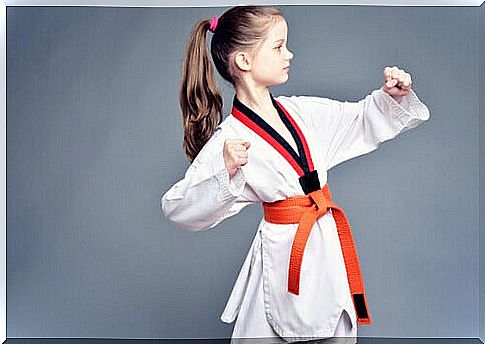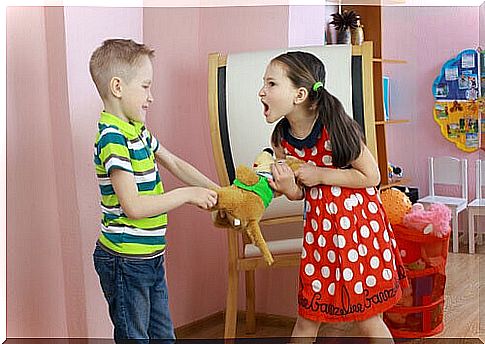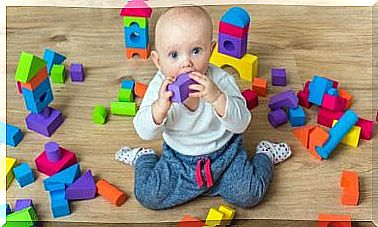How To Teach A Child To Defend Himself?

Have you taught your child that not all people are good, so to speak? As a child grows, he or she begins to realize that while most people mean good to others, there are unfortunately also cruel people in the world. However, parents should not expect the offspring to notice these things themselves, but actively teach the child to defend themselves from these types of people.
Our society has built different patterns of behavior in which so-called good and bad people interact with each other on a daily basis. Therefore, every child should, where possible, learn what types of people contribute to his or her well-being and what types do not.
Self-defense without violence
Just as between adults, tensions and disputes arise among children that can have an impact on a child’s character. When assessing a child’s behavior due to quarrel or china, we often confuse self-defense with violence. However, these are two separate concepts. When a child experiences physical or verbal violence, he or she has the right to defend his or her integrity and honor.
Violence refers to an activity that seeks to harm another person, while defense is an attempt to prevent another person from harming themselves. Where violence is an attitude that seeks to harm another, self-defense seeks to preserve one’s own well-being without the intent to harm.
In order for a child not to have problems communicating with others, parents need to teach him or her the basic values as well as the fact that violence and harming another is never an option.

How to teach a child to defend himself?
- Encourage the child to try to understand the other person’s motives. He should be able to see things objectively, as this will help him resolve conflicts without violence.
- Teach the child that insults insulted by others are irrelevant if they are not true. It’s important to trust yourself and not care too much about what others are saying about us.
- Prevent the child from repeating himself or herself the same cruelty he or she may have experienced by others. Such action does not result in any positive for either party, nor is it a way to gain respect or create healthy relationships.
- Tell the child that violence is not the right solution in any situation and that it always has negative consequences. Avoid all kinds of aggressive behavior yourself as well as encouragement to such, as it teaches the child wrong values.
- Teach your child not to run away from situations, but at the same time encourage him or her to avoid conflicts by all means.
- Let the child express their feelings freely, without condemnation. It is important for parents to listen to their children, as this will allow the child to release emotions and thereby relieve stress – and at the same time strengthen the bond between the child and the parent.

Sometimes parents pay unfortunate little attention to what the child is saying when expressing their feelings. It would be good for every parent to remember that a child’s problems are of great importance to him or herself, and that is why it is important for parents to listen to him or her carefully.
The child must be taught that if the attacker does not surrender despite self-defense, the child must seek help from an adult. In this way, the conflict is likely to be better resolved and the necessary remedial action can be taken.
When a situation requires adult intervention, an aggressive initiator should also be treated and taught respectfully and kindly, as this will make him or her better understand why he or she should not continue to bully others to feel better about himself or herself. Being treated empathetically makes him, at best, question the attacker’s own behavior and attitude and realize that violence is the wrong way to get attention.









